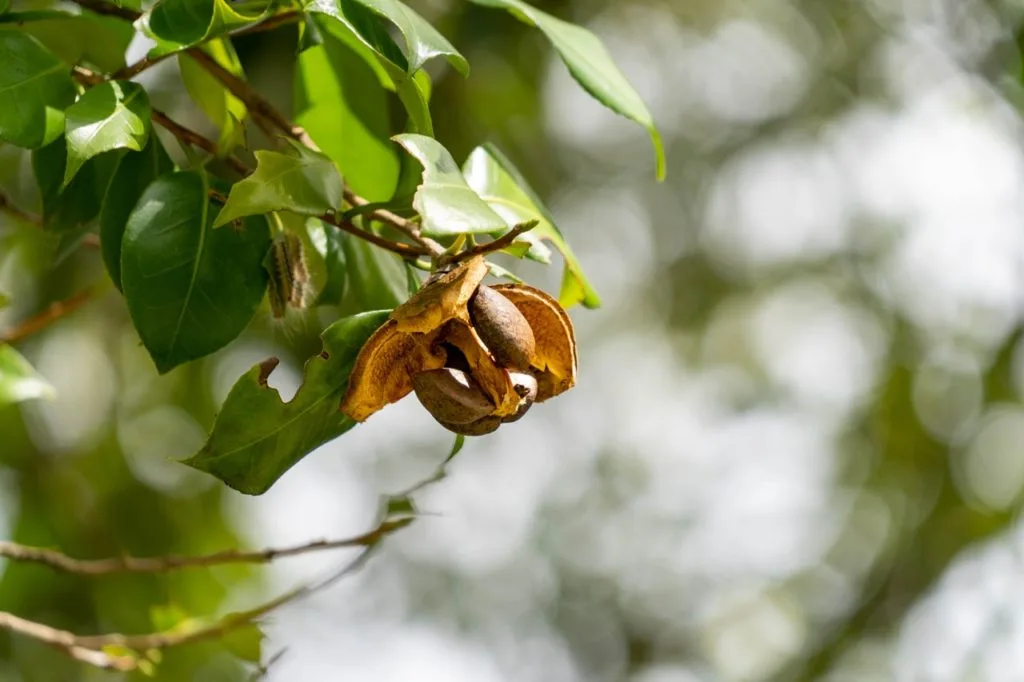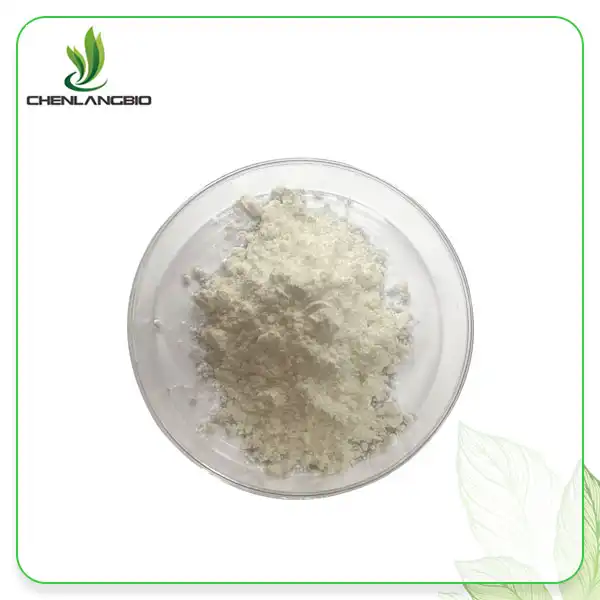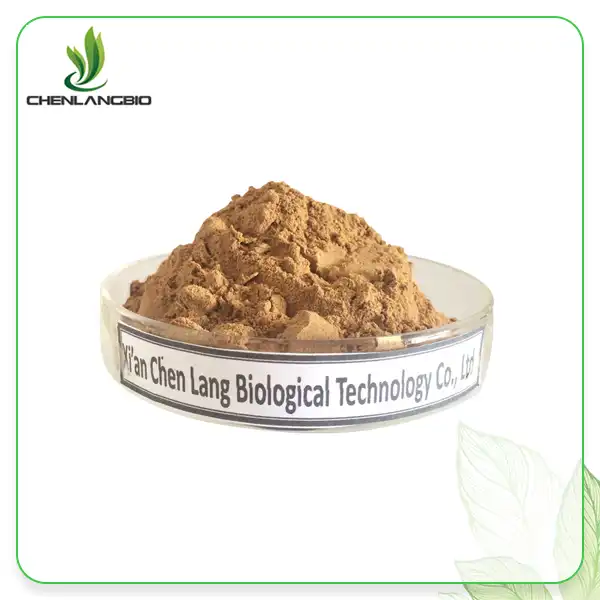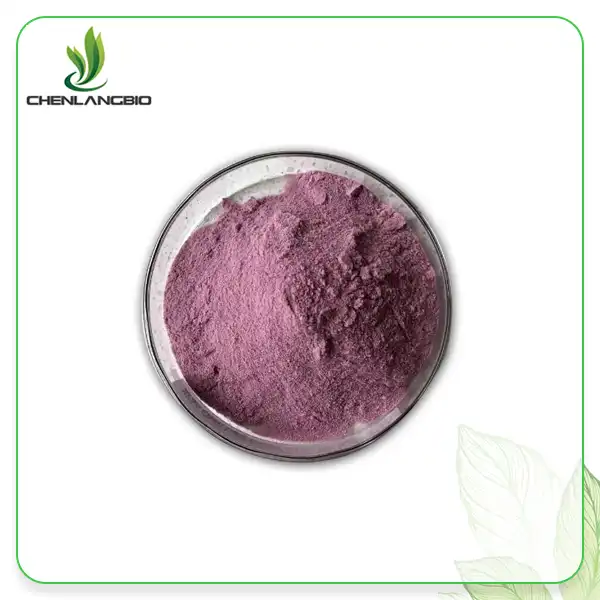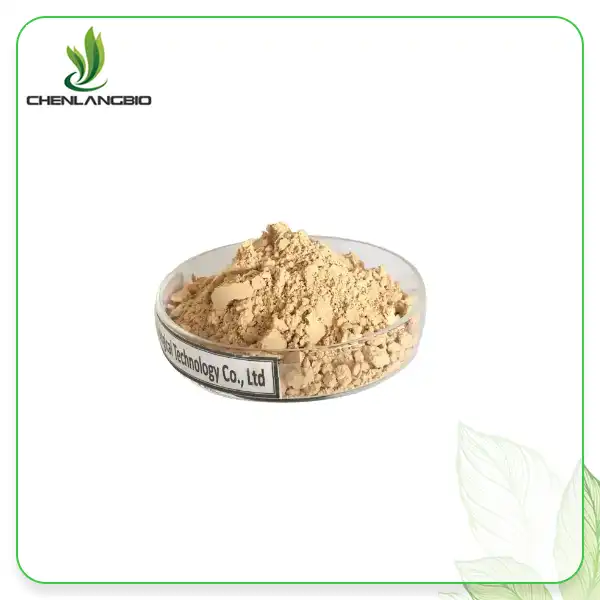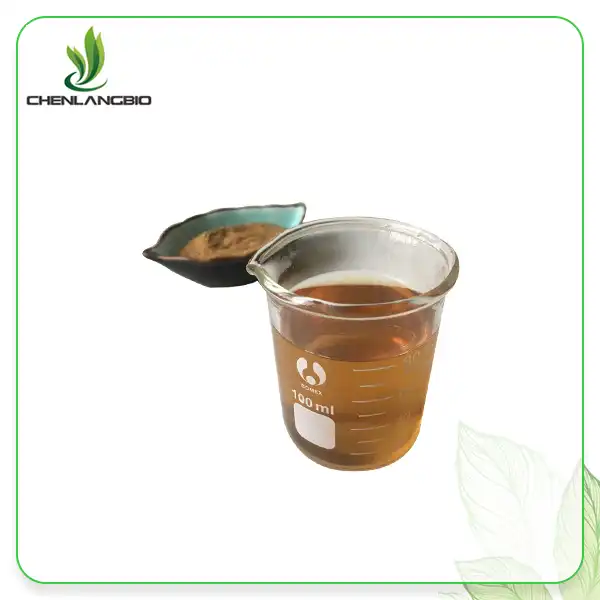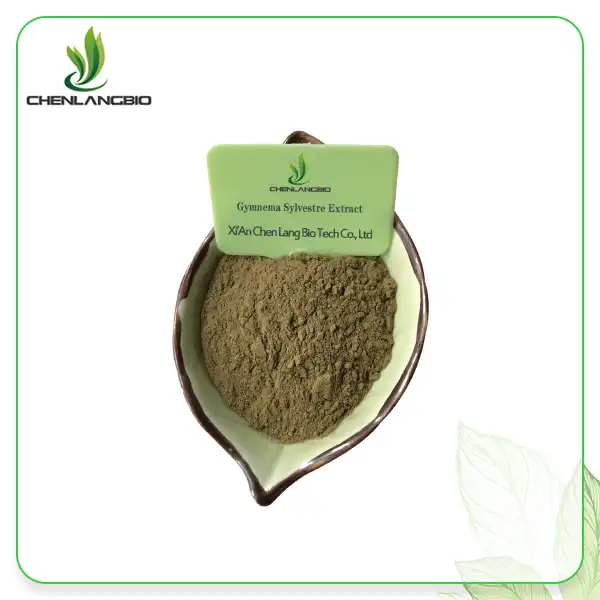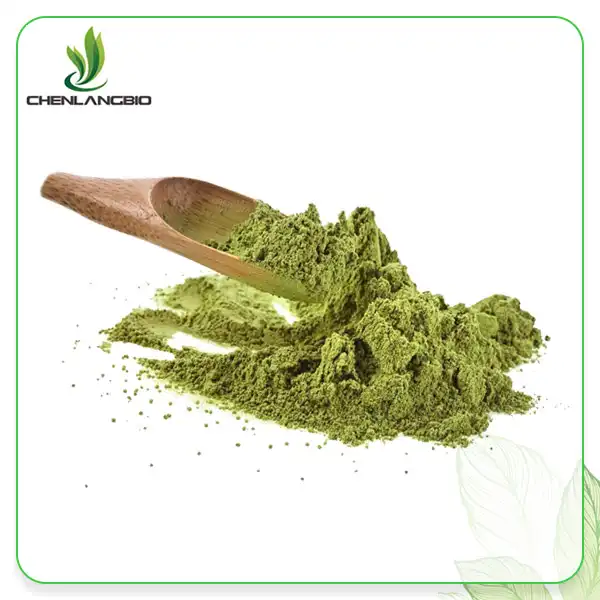Is Camellia Oleifera Seed Extract Sustainable
2024-10-27 12:36:57
As the world increasingly focuses on sustainability and eco-friendly practices, it's crucial to examine the environmental impact of various products and ingredients. One such ingredient that has gained attention in recent years is camellia oleifera seed extract powder. This powerful extract, derived from the seeds of the Camellia Oleifera plant, has found its way into numerous cosmetic and skincare products due to its beneficial properties. But the question remains: Is Camellia Oleifera Seed Extract Powder sustainable? Let's delve into this topic and explore the various aspects of its sustainability.
What is the environmental impact of harvesting Camellia Oleifera seeds?
Camellia oleifera seed extract powder, also known as tea oil camellia or oil-seed camellia, is a species of evergreen shrub or small tree native to China. The plant has been cultivated for centuries, primarily for its seeds, which are rich in oil. When considering the environmental impact of harvesting Camellia Oleifera Seed Extract Powder, several factors come into play.
Cultivation practices play a significant role in determining the sustainability of Camellia Oleifera seed extraction. Traditional methods of cultivation often involve minimal use of synthetic fertilizers and pesticides, which is advantageous from an environmental standpoint. Many farmers employ organic farming techniques, relying on natural pest control methods and organic fertilizers to maintain soil health.
The harvesting process itself is relatively low-impact. Camellia Oleifera trees typically begin producing seeds after 3-4 years and can continue to yield for several decades. The seeds are usually hand-picked, which eliminates the need for heavy machinery that could potentially damage the surrounding ecosystem. This manual harvesting method also provides employment opportunities for local communities, contributing to social sustainability.
However, it's important to note that as demand for Camellia Oleifera Seed Extract increases, there may be pressure to intensify production. This could lead to more industrialized farming practices, potentially involving increased use of chemical inputs and mechanization. Such changes could have negative impacts on soil health, biodiversity, and water resources if not managed properly.
Another consideration is the land use associated with Camellia Oleifera cultivation. While the plant is often grown on hilly terrain that may not be suitable for other crops, extensive monoculture plantations could potentially lead to habitat loss for native species. Sustainable management practices, such as intercropping and maintaining buffer zones of natural vegetation, can help mitigate these impacts.
Water usage is another factor to consider. Camellia Oleifera is generally drought-resistant and requires less irrigation compared to many other crops. This characteristic makes it a relatively water-efficient choice, particularly in regions where water scarcity is a concern.
How does Camellia Oleifera compare to other oils in terms of sustainability?
When evaluating the sustainability of camellia oleifera seed extract powder, it's illuminating to compare it with other commonly used oils in the cosmetic and food industries. This comparison can provide valuable insights into its relative environmental impact and overall sustainability profile.
One of the most notable advantages of Camellia Oleifera oil is its high yield. The seeds contain approximately 30-40% oil by weight, which is significantly higher than many other oil-producing crops. This high yield means that more oil can be produced from a smaller land area, potentially reducing the overall environmental footprint of production.
Compared to palm oil, which has faced significant criticism for its association with deforestation and habitat destruction, Camellia Oleifera cultivation generally has a lower impact on natural ecosystems. Camellia Oleifera is often grown in its native range and can be integrated into existing agricultural systems without necessitating large-scale land clearing.
In terms of carbon sequestration, Camellia Oleifera trees have an advantage over annual oilseed crops like soybean or sunflower. As perennial plants, they continue to absorb and store carbon throughout their lifetime, which can span several decades. This long-term carbon storage capacity contributes positively to climate change mitigation efforts.
The processing of Camellia Oleifera seeds into oil is relatively simple and typically requires less energy compared to some other oils. The seeds can be cold-pressed to extract the oil, a method that uses minimal heat and no chemical solvents. This not only preserves the beneficial compounds in the oil but also reduces the energy consumption and potential chemical pollution associated with processing.
Another aspect to consider is the versatility of Camellia Oleifera. Beyond the oil extracted from its seeds, other parts of the plant can be utilized. The seed cake left after oil extraction can be used as animal feed or fertilizer, minimizing waste. The leaves can be used to make tea, and the wood can be used for crafts or fuel. This multi-use nature enhances the overall sustainability of Camellia Oleifera cultivation.
However, it's important to note that the sustainability of any oil, including Camellia Oleifera, depends greatly on specific production practices and supply chain management. Factors such as transportation distances, processing methods, and packaging can all influence the overall environmental impact. As with any agricultural product, certifications such as organic or fair trade can provide assurance of certain sustainability standards being met.
Can Camellia Oleifera cultivation contribute to biodiversity conservation?
The potential for camellia oleifera seed extract powder cultivation to contribute to biodiversity conservation is a fascinating aspect of its sustainability profile. While any form of agriculture inevitably alters natural ecosystems, certain cultivation practices can actually support biodiversity and ecological balance.
Camellia Oleifera is well-suited to agroforestry systems, where it can be grown alongside other crops or within existing forest ecosystems. This approach, known as forest farming or multi-strata agroforestry, can create diverse habitats that support a wide range of plant and animal species. The tree's evergreen nature provides year-round cover and resources for wildlife, including birds and insects.
In its native range, Camellia Oleifera can play a role in reforestation efforts. The plant is adaptable to a variety of soil types and can grow on slopes and in areas that may not be suitable for other crops. By planting Camellia Oleifera on degraded lands, farmers can help prevent soil erosion, improve soil quality, and create new habitats for local flora and fauna.
The flowers of Camellia Oleifera are a valuable nectar source for pollinators, including bees and butterflies. In a time when pollinator populations are under threat globally, providing additional food sources can be crucial for maintaining healthy ecosystems. The long flowering period of Camellia Oleifera, which can last several months, makes it particularly valuable in this regard.
Moreover, the cultivation of Camellia Oleifera can indirectly contribute to biodiversity conservation by reducing pressure on wild populations of other oil-producing plants. As demand for plant-based oils continues to grow, having sustainable alternatives like Camellia Oleifera can help prevent overexploitation of wild resources.
It's worth noting that the biodiversity benefits of Camellia Oleifera cultivation are maximized when sustainable farming practices are employed. This includes maintaining diversity within plantations, avoiding the use of harmful pesticides, and preserving areas of natural vegetation within and around cultivated areas.
Research has shown that Camellia Oleifera plantations can support a surprising level of biodiversity. A study in China found that properly managed Camellia Oleifera forests could harbor a diverse array of understory plants, including many species of medicinal value. This suggests that with thoughtful management, Camellia Oleifera cultivation can contribute to both economic development and biodiversity conservation.
Conclusion
In conclusion, while more research is needed to fully understand its environmental impacts, camellia oleifera seed extract powder shows promising potential as a sustainable ingredient. Its efficient land use, low water requirements, and potential for integration into biodiverse agroforestry systems all contribute to its sustainability profile. However, as with any agricultural product, the true sustainability of Camellia Oleifera Seed Extract Powder depends on responsible cultivation, processing, and supply chain practices.
As consumers become increasingly conscious of the environmental impact of their choices, ingredients like Camellia Oleifera Seed Extract that offer both functional benefits and sustainability potential are likely to gain further prominence. By supporting sustainable production methods and seeking out products that use responsibly sourced ingredients, we can all play a part in promoting more environmentally friendly practices in the cosmetic and skincare industries. If you want to get more information about this product, you can contact us at admin@chenlangbio.com.
References
1. Zhang, L., et al. (2017). "Sustainable Production of Camellia Oleifera as a Bioenergy Crop: A Review." Renewable and Sustainable Energy Reviews, 72, 75-85.
2. Chen, Y., et al. (2018). "Phytochemical Profiles and Antioxidant Activities of Camellia Oleifera Abel. Seed Extracts." International Journal of Food Properties, 21(1), 1257-1269.
3. Wang, X., et al. (2019). "Biodiversity in Camellia Oleifera Plantations and Secondary Forests in Jiangxi, China." Forest Ecology and Management, 435, 51-58.
4. Liu, H., et al. (2020). "Comparative Life Cycle Assessment of Camellia Oleifera Abel. Oil and Other Vegetable Oils." Journal of Cleaner Production, 256, 120398.
5. Zhuang, R. (2016). "Camellia Oleifera Abel.: A Review of Its Chemical Constituents, Pharmacological Properties, and Clinical Applications." Chinese Herbal Medicines, 8(3), 205-213.
6. Yang, C., et al. (2021). "Agroforestry Systems with Camellia Oleifera: Ecological Benefits and Economic Potential." Agroforestry Systems, 95, 1-12.
Send Inquiry
Related Industry Knowledge
- Does Beta Ecdysterone Build Muscle?
- Can Tranexamic Acid Powder be Used for Skin?
- Are There Any Side Effects of Using Cetyl Tranexamate HCL?
- Can Minoxidil be Used in Combination with Other Treatments?
- Do Hops Have Antioxidants
- Does Praziquantel Treat Tapeworms
- What is Honokiol Good For?
- Hydroxypinacolone Retinoate vs Retinol
- Big Group Favorite-Saccharomyces Ferment Lysate Filtrate
- When to Use Natural Kojic Acid Powder

